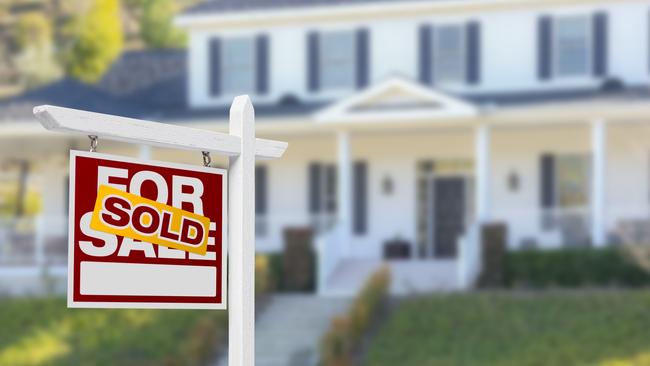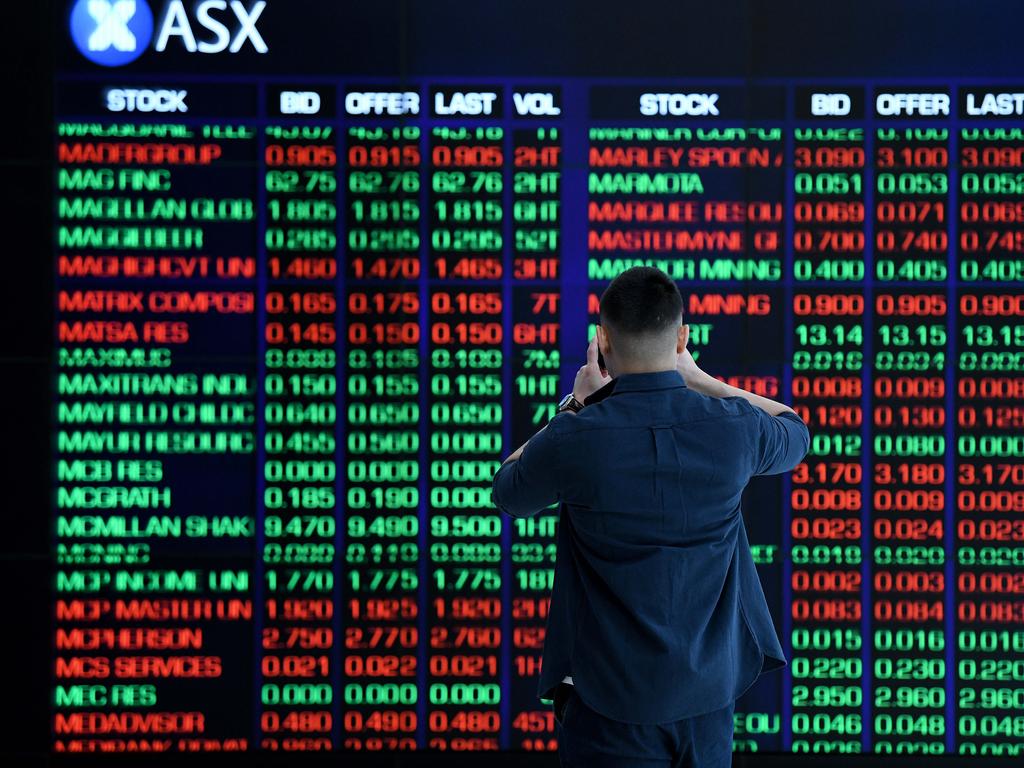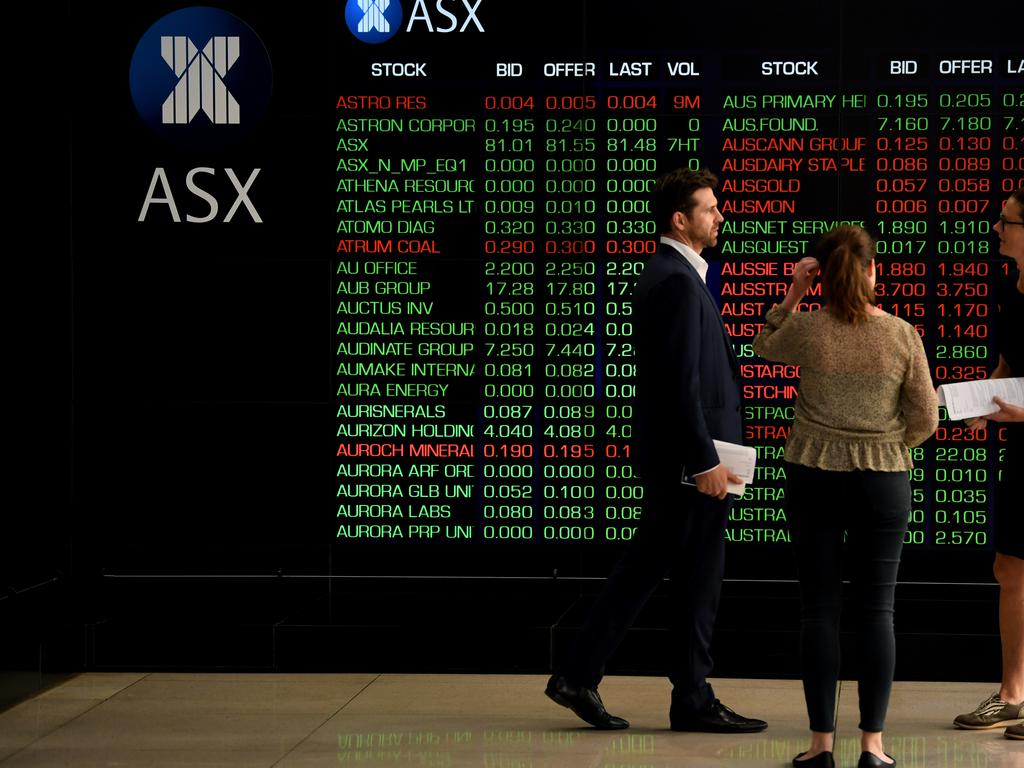Stamp duty reform in NSW a positive move
A surprise move in the NSW budget provides another plus for house prices – here’s how it will work for you.

Getting rid of stamp duty has been the holy grail for property investors across Australia and now NSW has made a major move which may ultimately be repeated in all states.
As part of the state budget it’s been announced that no longer will the NSW property owner be forced to pay stamp duty as a hefty lump-sum when purchasing property. Instead, they will have the option to pay an annual property tax — a move that will instantly boost property prices as home buyers will now be able to borrow larger amounts.
State treasurers across the county will be watching with interest to see how the NSW proposals translate into law after the four month consultation period finishes in March. Property owners and renters will also take note as there are clear winners and losers in the change. (To be fair the ACT actually made the first move here in July 2019).
With median house prices of $1.15m in Sydney and $875,000 in Melbourne, purchasers are faced with a one-off cost approaching $50,000 in stamp duty when settling properties.
There is also a 1.6 per cent per year land tax in NSW on the combined land value of holiday houses, commercial and investment properties above $755,000. Victoria has a similar land tax regime but starting from a lower amount of $250,000 on a sliding scale.
Usefully, the NSW government has flagged the proposed annual property tax would replace not just stamp duty, but also the current annual land tax regime.
Once a property purchaser has elected to pay the annual property tax rather than the lump-sum stamp duty on a transaction, this will affect all future owners of the property who must carry on with the annual property tax without the option to revert back to a lump-sum stamp duty payment.
Buyers agent and propertybuyer.com.au CEO Rich Harvey says: “This is long overdue. Stamp duty is one of the most stupid and ineffective taxes that creates a massive impediment to property transactions and it stops people moving closer to work (reducing congestion and emissions), moving closer to family, and downsizers moving into more suitable accommodation.”
In ACT, changes were brought in from July 1, 2019, to scrap stamp duty for first-home buyers whose annual household income is less than $160,000.
More than 12 months later, Claire Corby, ACT buyer’s agent from Capital Buyers Agency, which specialises in military and diplomatic relocations, says: “The large increase in median house prices in the ACT has no doubt been driven by the strong demand from first-home buyers this year, with many buyers adding the savings from stamp duty concessions to their purchasing budget coupled with additional concessions such as the federal government‘s First Home Loan Deposit Scheme (FHLDS).”
Victoria has also flagged changes to its stamp duty system.
And there has been no better time for state governments to make the switch. The volume of property transactions has taken a tumble during 2020, with supply being a consistent issue across major capital cities while interest rates are at record lows.
This directly affects the coffers of state governments that raise billions in revenue each year from stamp duty on property transactions. So if the property market is not churning through the usual number of transactions, it does not hurt the state government as much to change the system.
How will it work?
Breaking down the numbers on the NSW proposal, using the average Sydney property price of $1,142,212 a homeowner can either elect to pay a one-off stamp duty cost of $47,832 or an annual property tax of $500 plus 0.3 per cent of the unimproved land value only.
Assuming 60 per cent of the property price is the land component, the annual property tax would be $2,556 per year. Assuming a “normal” property market where you would see 4 per cent growth on the land value each year (after inflation), it would take 15 years for the accumulated annual property tax payments to equal the alternative stamp duty payment.
As such, the average homeowner will likely be better off paying the annual accumulated property tax of $33,228 and $25,258 for houses and apartments respectively rather than the larger stamp duty amount of $47,832.
Property flippers who buy, renovate and sell will also be salivating at the chance to claw back tens of thousands in profit by electing for the property tax method rather than paying the big stamp duties when they buy.
People who are not first-home buyers and cannot access concessions but are struggling to save for a property deposit and stamp duty are also big winners of the proposal reforms. Renters, however will not be as excited as landlords potentially try to pass on the additional annual property tax by increasing rents.
When other states eventually come to the party and change the lump-sum stamp duty to an ongoing property tax, unless you are going to buy your “forever home” or an investment property that you do not intend to sell for at least 15 years, it may work out better to switch over to the annual property tax.
James Gerrard is principal and director of Sydney firm www.financialadvisor.com.au







To join the conversation, please log in. Don't have an account? Register
Join the conversation, you are commenting as Logout